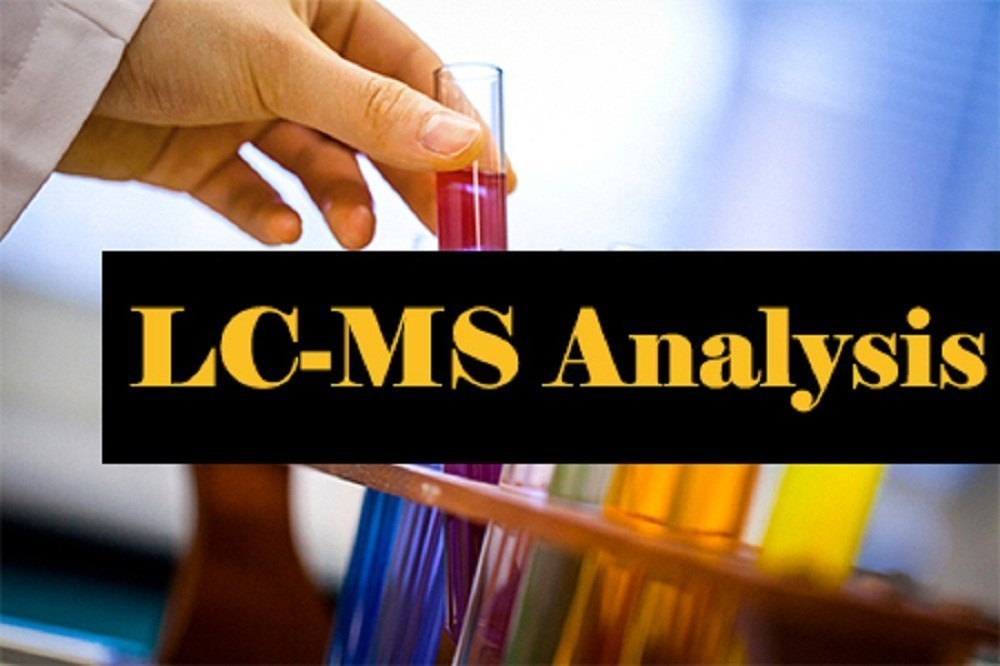What is LC-MS?
LC-MS stands for Liquid chromatography-mass spectrometry. This technique combines two selective tools for isolating and measuring analytes in complex study matrices. The LC component differentiates the compounds based on their physicochemical properties, while the MS unit differentiates by their mass-to-charge ratio. This dual selectivity has made LC-MS bioanalysis a vital tool in drug discovery and development studies. LC-MS assays are used widely to measure the bioavailability of drug products, identify generated metabolites and assess drug purity. Moreover, with the development of hyphenated techniques such as LC-MS/MS analysis, LC-MS systems have become more powerful. However, LC-MS/MS method development and validation will require the same extent of adequacy.
LC-mass spectrometry is usually developed to assess samples routinely in a clinical or laboratory setting. However, before they are used formally for measuring samples, analysts must validate them for reliable results. This article is an overview of developing a measurement system for an effective LC-MS method validation.
LC-MS method validation
LC-MS method validation establishes and ensures that the method generates reliable results and is fit for the intended purpose. Method validation evaluates numerous parameters that may influence the assay results. Often, method development provides crucial insights into the reliability of LC-MS assays. Besides, method validation assesses the final performance before deploying them for routine analysis. Let us dive deep into strategies for an effective LC-MS method validation.
Before beginning with method validation, researchers must have a clear plan outlined for method validation. This plan must include the reason for method validation, the experimentation, expected outcomes, and assay requirements.
LC-MS requirements often follow regulatory recommendations and guidelines. Regulatory guidelines recommend evaluating each assay parameter separately. However, the whole validation protocol is very general, and a few different cases may arise. For example, when the method validation protocol is based on regulatory guidance, the validation must be conducted for each assay performance parameter. If the method validation is based on laws or directives, researchers must follow those respective protocols. Often, clients may have specific requirements, and those requirements need to be fulfilled. However, if there are no such external requirements, analysts may design the protocol based on their expertise.
As most assay parameters depend on method selectivity and analyte stability, analysts must first begin method validation by evaluating these parameters. For example, analytes decomposing in an autosampler will require non-linear relation, as achieving linear relation will be difficult. In case of trueness and precision, researchers will need the assay’s linear/working range.
Must Read: How Cytotoxicity Screening is Revolutionizing Cancer Treatment and Drug Safety?
Researchers must ensure that the entire protocol is validated and not just the end results. Also, the method performance must include sample preparation and analysis of external materials such as certified reference materials. Furthermore, deciding the acceptable measurement uncertainty and limit of quantitation in advance can prove crucial in determining the fit-for-purpose criteria.
The method validation protocol must include each of the following parameters:
- Linearity
- Accuracy
- Precision
- Range
- Stability
- Specificity and selectivity
- Limit of detection and quantification
- Sensitivity
- Robustness.
Moreover, not just validation protocol but adequate documentation is necessary for interpreting and validating assay results. Besides, LC-MS method validation must end by assessing the method based on validation results.



